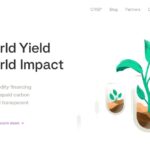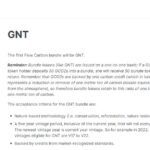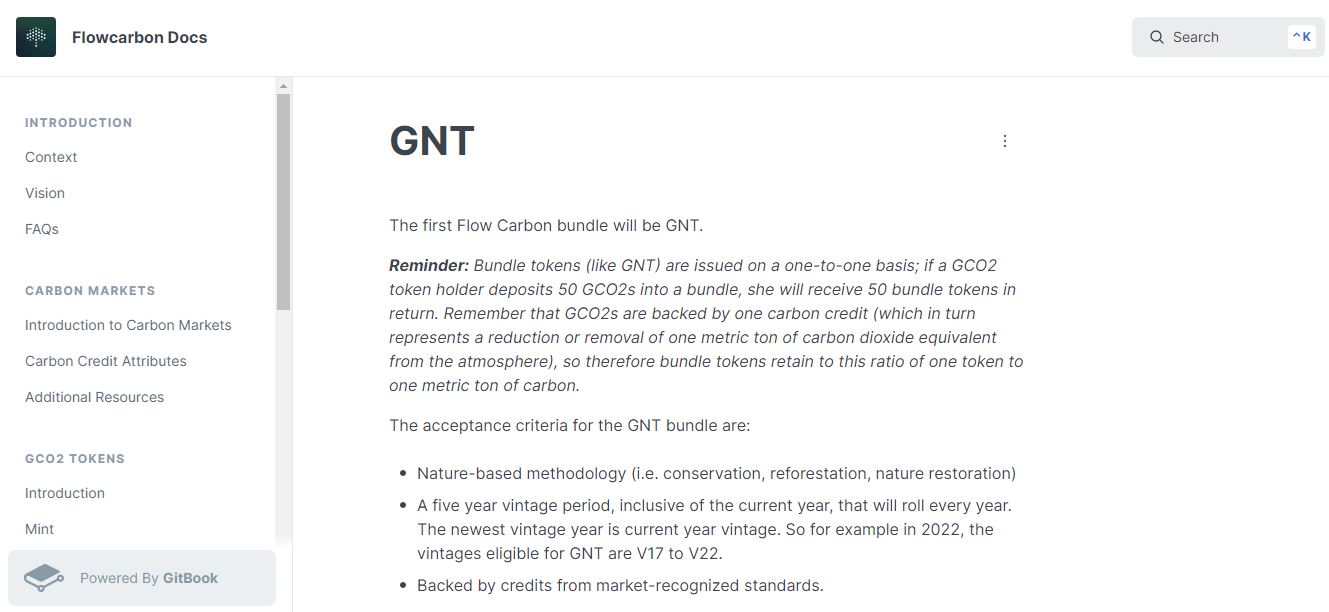Voluntary Carbon Market Challenges, Coorest Solution, and Fundraising
Coorest is a new-generation carbon credit standard that addresses the problems of the VCM. such as:
- Access: The VCM is difficult for individuals and businesses to access because it is often fragmented and complex. There are many different carbon credit registries and exchanges, and it can be difficult to know which ones are reputable.
- Transparency: The VCM lacks transparency because it is difficult to know where the carbon credits come from and how they were generated. This can make it difficult to ensure that the carbon credits are not being double-counted.
- Low-quality projects: The VCM contains many low-quality carbon compensation projects. These projects may not actually reduce emissions, or they may only reduce emissions temporarily.
Solution
Coorest’s platform is blockchain-based, which makes it more accessible, transparent, and traceable than traditional carbon credit registries and exchanges.
- Easy to access: Coorest’s platform is easy to use and accessible to individuals and businesses of all sizes. Anyone can create an account and start compensating for their carbon emissions.
- Transparent: Coorest’s platform provides detailed information about each carbon credit, including the project that generated the carbon credit, the amount of carbon dioxide that was reduced, and the verification process. This information is available to everyone on the platform, which helps to ensure that the carbon credits are legitimate.
Fundraising
Coorest has raised funding from Chainlink and through an Initial DEX Offering (IDO). The Chainlink grant will help Coorest to create a decentralized application for carbon trading and offsetting and a satellite-based global biomass monitor.. The IDO raised 450,000 USD, which will be used to further develop the Coorest platform and to market its services.
Coorest Helps Businesses and Individuals Offset Carbon Emissions
Coorest offers two ways to compensate for carbon emissions:
- NFTrees: NFTrees are non-fungible tokens (NFTs) that are linked to real-world trees in Zaragoza, Spain. Each NFTree represents one tree that will remove carbon dioxide from the atmosphere for 20 years. When users buys an NFTree, they are essentially purchasing the carbon credits generated by that tree. These carbon credits can then be used to offset the users` carbon emissions. NFTrees can be bought using Venly marketplace and The OVR marketplace.
- Carbon Offset Certificates: Proof of Carbon Compensation (PoCC) certificate are non-fungible tokens (NFTs) that are issued by Coorest when a $CCO2 token is burned. $CCO2 tokens are minted by Coorest and represent one kilogram of carbon dioxide that has been removed from the atmosphere. When a user burns a $CCO2 token, they are essentially destroying it and proving that they have compensated for one kilogram of carbon dioxide emissions. The PoCC contains information about the date, amount of CO2 compensated, name of the compensator, and reason for compensation. It is sent directly to the compensator’s wallet and is stored on the blockchain, which guarantees its authenticity and immutability.
Coorest Provides Businesses and Individuals with Opportunity to Issue $CCO2 tokens
Coorest developed its own carbon credit standard, called the Coorest Carbon Standard (CCS). The CCS is a methodology for issuing carbon credits in the form of CCO2 tokens. The CCS was certified by a carbon auditor Earthood,
The CCS uses satellite data from the partner Floodlight to monitor the availability and quantity of biomass in afforestation and reforestation projects. This data is sent to Coorest’s smart contracts via the Chainlink network and CCO2 tokens are issued, representing the absorption of 1 kilogram of CO2. Tokens are credited to the initiator of the climate project, who can then sell them.
At the time of writing this post, 76,041,364 CCO2 tokens were issued and 53,495 were burned, representing 76,041 tons of removed CO2 and 53 tons of compensated carbon footprint. CCO2 has received permission to be listed on Carbonmark, but this has not yet happened. The price for 1 CCO2 tokens to compensate for 1 ton of carbon emission is 85 euros.

DAO
Coorest is a decentralized autonomous organization (DAO). This means that it is governed by its users, who hold CRST tokens. CRST token holders have the following powers:
- Voting on new additions to the Coorest platform. This includes new carbon credit projects, new features, and changes to the platform’s governance structure.
- Voting on changes to mechanisms for staking or liquidity pools. This includes the interest rates, fees, and other parameters that govern how CRST tokens are staked or traded.
- The right to put up new projects of interest. This means that CRST token holders can propose new carbon credit projects that they believe should be added to the Coorest platform.
To participate in the Coorest DAO, users must hold CRST tokens. The Coorest Dapp (decentralized application) can be used to stake CRST tokens, vote on proposals, and participate in other DAO activities.
Here is some information about CRST tokens:
- Total supply: 50,000,000
- Circulating supply: 44,099,990 (Polygon) 5 910 000 (Ethereum)
- IDO price: $0.50 USD (950 000 CRST sold)

Conclusion:
Coorest carbon standard is a promising new development in the field of carbon offsetting. However, it will face challenges in competing with well-established carbon credit standards such as VCS and GS4GG. Coorest will also need to provide strong evidence that its carbon credits meet the requirements of new rules such as the Core Carbon Principles.
Specifically, Coorest will need to provide evidence of the following:
- Additionality: This means that the greenhouse gas (GHG) emission reductions or removals from the mitigation activity would not have occurred in the absence of the incentive created by carbon credit revenues.
- Sustainable development benefits and safeguards: This means that the carbon-crediting program must have clear guidance, tools, and compliance procedures to ensure that mitigation activities conform with or go beyond widely established industry best practices on social and environmental safeguards while delivering positive sustainable development impacts.










